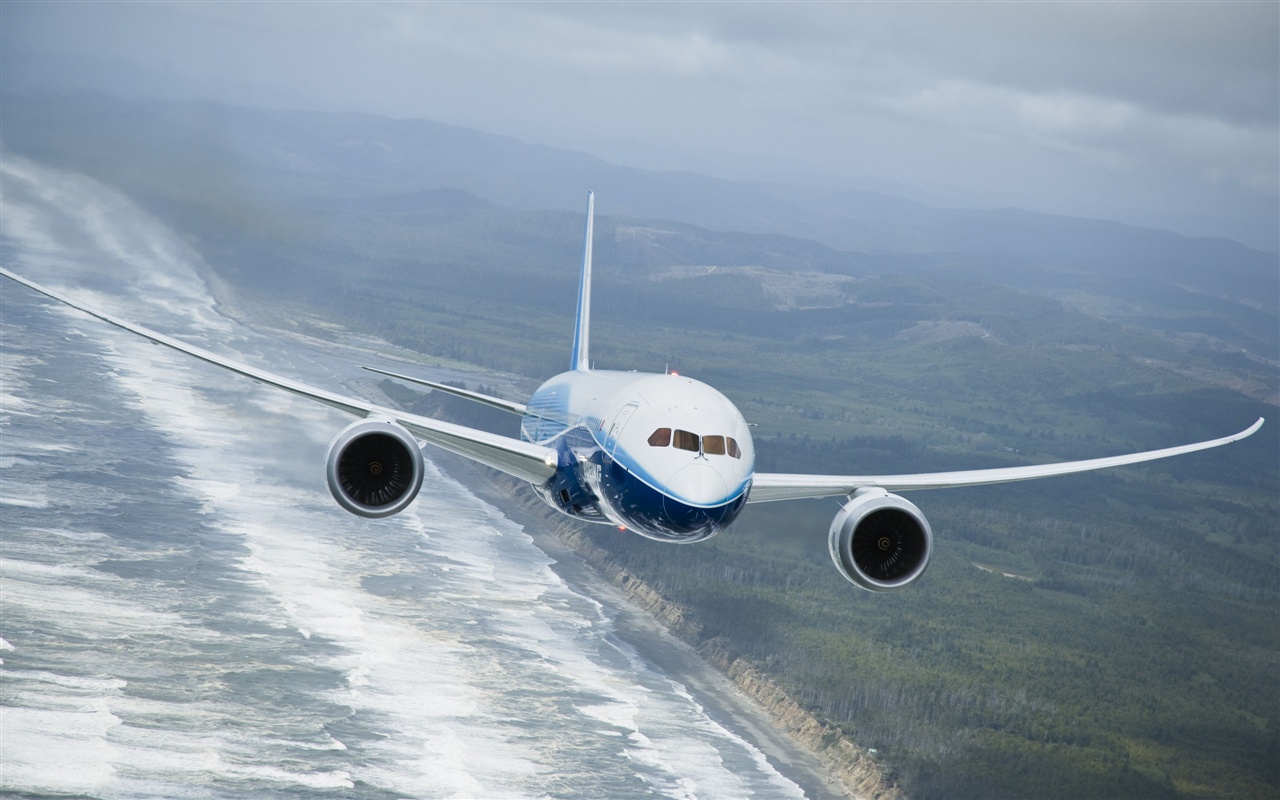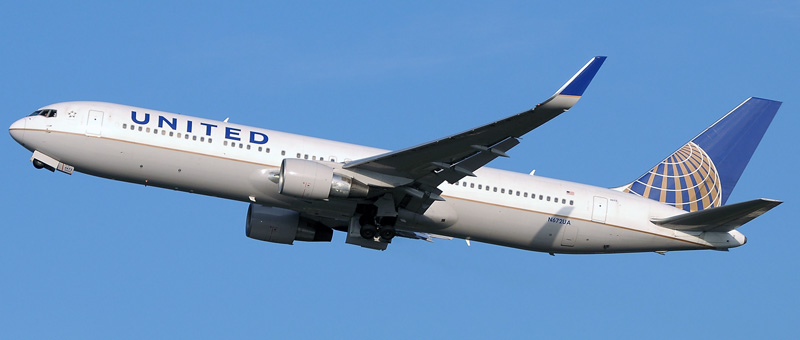Leeham News and Analysis
There's more to real news than a news release.
Better to bring capacity back with a 777-9 or 787-10 if we fly 777-300ER today?
By Bjorn Fehrm
Subscription Required
Introduction
May 21, 2020, © Leeham News: We looked at the economics of extending the lease of a Boeing 777-300ER or taking an ordered 777-9 here.
If traffic post-COVID-19 on the routes we fly stays down for long, should we change the order to a 787-10? What are the trades between staying with the 777-300ER, taking the 777-9, or stepping down to a 787-10?
We use our airliner economic model to find out.
Summary:
- The 787-10 is the safe choice if the fill level for our routes will stay below its passenger capacity for a longer period.
- This choice is valid for a JFK to Heathrow route. The 787-10 has a shorter range than the 777-300ER and 777-9, so a 787-10 alternative is only possible for routes within its capacity.
Engine OEMs forecast big hit to aftermarket revenue
Subscription Required
Now open to all readers.
By Scott Hamilton
May 5, 2020, © Leeham News: The COVID crisis will damage the aerospace aftermarket in ways that are only beginning to be understood.
As key companies report 1Q earnings, it’s clear that engine aftermarket revenue is going to take a major hit for years to come.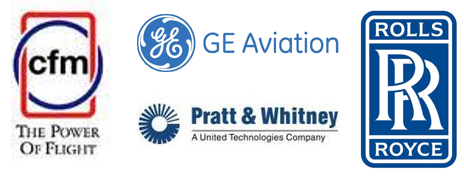
Engine companies like CFM, GE Aviation, Pratt & Whitney and Rolls-Royce, rely on aftermarket sales as the key component of their business plans.
The research and development money that goes into an engine consumes such huge amounts of cash that the OEMs don’t recoup their costs for 10-20 years. The aftermarket for parts, maintenance, repair and overhaul is where they make their profits in the meantime.
But this is seriously threatened by the virus crisis.
“The aftermarket for key programs took 4+ years to return to 2008 levels out of the Great Financial Crisis, and that was with traffic decline at a fraction of the declines today,” Bernstein Research wrote in a May 4 note to clients.
Bjorn’s Corner: Why e in ePlane shall stand for environment, Part 20. Wrapup.
May 1, 2020, ©. Leeham News: We now wrap the series about technologies that can help reduce air transport’s environmental footprint.
I wrote in the first article, December 13: We have lost our way in our search for a lower carbon footprint air transport system by heading down the electric lane. I will argue why it’s not the best route as it’s not the route that leads to tangible results any time soon, despite huge investments.
In 19 Corners to date, we discussed why. It’s time to summarize what we learned.
Does the new weight bump turn the A330-900 to a trans-Pacific aircraft? Part 2
By Bjorn Fehrm
Subscription Required
Introduction
March 12, 2020, © Leeham News: We continue last week’s theme and compare Airbus’ new 251t variant of the A330-900 to the A350-900 in this article.
We saw in the first article the A330-900 251t is now a credible long-range aircraft, including the long hop over the Pacific ocean. When to use the A330-900 or the A350-900? We analyze their economics and where one is to prefer to the other for long-range operations.
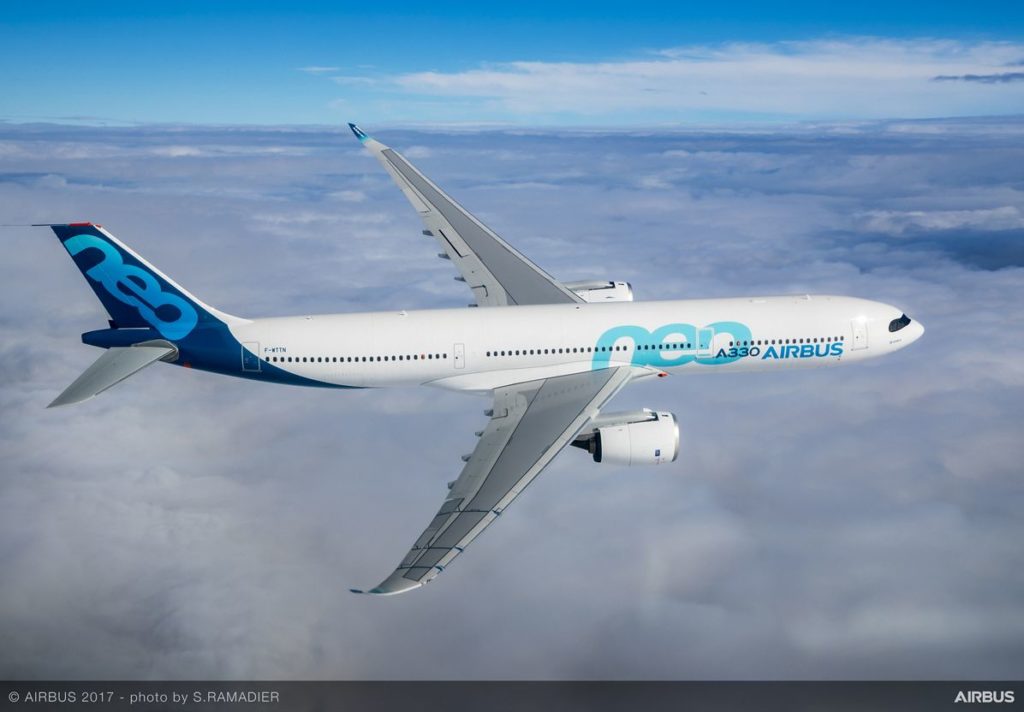 Summary:
Summary:
- The Airbus A330-900 in its 251t version can serve many US to Asia routes that were reserved for the A350-900 before.
- We check if the economics support replacing the A350-900 with the A330-900 for these routes.
Does the new weight bump turn the A330-900 to a trans-Pacific aircraft?
By Bjorn Fehrm
Subscription Required
Introduction
March 5, 2020, © Leeham News: Airbus gave an update on their new 251t variant of the A330-900 this week. With a 251t Maximum Take Off Weight (MTOW), the former mid-ranger is mutating to an able long-hauler.
The true long-haul aircraft in the Airbus lineup is the A350, the go-to aircraft from Airbus for Pacific-Ocean crossings. But with a nominal 7,200nm range, the A330-900 is no longer the trans-Atlantic aircraft it was. It will be an alternative to the A350 for many trans-Pacific routes.
Summary:
- The A330 started as a mid-range aircraft with less than 4,000nm range. At the time, the A340-300 was positioned as the long-ranger.
- With the A340 out of the way and to compete with Boeing’s 787, the A330 grew its range 85%. Is it now an alternative to the A350?
Bjorn’s Corner: Why e in ePlane shall stand for environment, Part 11. More electric aircraft.
February 28, 2020, ©. Leeham News: We now look at technology developments that make sense, and can deliver real improvements in the near future.
We start in this Corner with what more electric aircraft and engines can bring.
Norwegian’s attempt to survive
Subscription Required
By Vincent Valery
Introduction
Dec. 12, 2019, © Leeham News: Norwegian Air Shuttle (NAS), struggling to survive after years of over-expansion, took major steps over the last few weeks to overhaul its finances and strategy.
Major strategic shifts included the sale of the Argentinian subsidiary, the end of trans-Atlantic narrowbody operations, and exit out of long-haul markets in two Scandinavian capitals.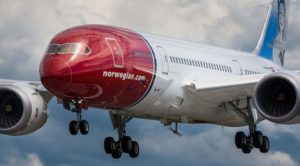
The airline appointed Jacob Shram, a former McKinsey consultant and Statoil executive, as a new CEO. Former JetBlue Chief Commercial Officer Marty St. George is also joining the airline on an interim basis.
After years of breakneck expansion, the airline vowed a shift in focus on profitability and business efficiency. In this article, LNA analyzes the various announcements and assesses whether NAS has a chance to survive in the long term.
Summary
- (Finally) cutting the losses;
- No stones left unturned to raise cash;
- Drastically altered fleet plans;
- Chances of working out.
Understanding Rolls-Royce’s financials
Subscription Required
By Vincent Valery
Introduction
Dec. 2, 2019, © Leeham News: Rolls-Royce continues to be in the spotlight for the Trent 1000 durability issues, with no end in sight. The engine manufacturer recently increased the total disruption cost estimate to £2.4bn.
The engine-related charges and substantial research and development expenditures have raised questions about Rolls-Royce’s fin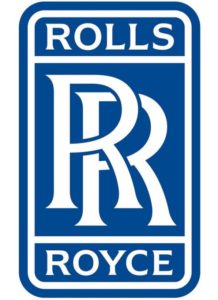 ancial health. As of the end of 2018, the company had a net negative £1bn equity on its balance sheet.
ancial health. As of the end of 2018, the company had a net negative £1bn equity on its balance sheet.
However, the company has a market capitalization of around £14bn and holds a credit rating comfortably in Investment Grade territory.
This article analyzes the reasons for the disconnect between the company book value and market capitalization. Accounting differences between the USA’s GAAP and Europe’s IFRS play a significant role.
Rolls-Royce’s strategic choices in the early 2010s will have ramifications for engine development on future commercial aircraft programs.
Summary
- A tumultuous history;
- From cash cow to binge development spending;
- Brexit and IFRS accounting paint bleaker pictures than reality;
- Strategic decision bites back;
- A lifeline and future engine programs.
Several aircraft programs beset by engine woes
Subscription Required
By Judson Rollins
Nov. 25, 2019, © Leeham News: Nearly every manufacturer of jet engines is experiencing problems with various models, which is causing delays for several prominent Boeing and Airbus programs. The Airbus A220, A320neo, A330neo and Boeing 787, 777X are all experiencing engine-related setbacks.
Summary
- Pratt & Whitney geared turbofan (GTF) operational limitations on A220, A320neo.
- CFM LEAP said to be causing renewed A320neo delivery delays.
- Multiple new airworthiness directives on Trent 1000, 7000.
- GE9x component issues causing delays to first 777X test flight.
Is re-engining the Boeing 767 a good idea?
By Bjorn Fehrm
Subscription Required
Introduction
October 17, 2019, © Leeham News: FlightGlobal writes Boeing is investigating re-engining the 767-400ER with GE GEnx engines to produce a new freighter and perhaps a passenger aircraft as a replacement for the NMA project. Development costs would be lower and it would be easier to get a business plan which closes for the upgraded 767 than for the NMA.
We commented on the idea earlier in the week and here follows a technical analysis of what re-engining the 767 would bring.
Summary:
- The 767 is 40 years old in its base design. We look at the fundamentals to understand the trades involved in extending its life with new engines.
- We also compare the 767 technologies with those for the NMA to understand the compromises of an updated 767RE compared with a clean sheet NMA.


